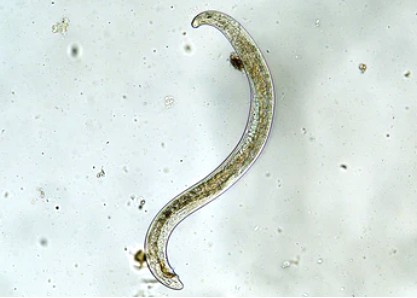Toxic proteins from entomopathogenic nematodes symbiotic bacteria have an obvious poisoning effect on many agricultural pests; entomopathogenic nematode-symbiotic bacterial complex plays a major role in the pathogenicity of insects is symbiotic bacteria. When the nematode enters the insect body, it releases symbiotic bacteria in the blood cavity of the insect, and the symbiotic bacteria reproduce in large numbers and secrete insecticidal substances, killing the insect in a short time. The development of toxic protein from entomopathogenic nematode symbiotic bacteria has good potential for development and application prospects.
Lifeasible is committed to plant protection research, and we aim to provide effective solutions for agricultural and forestry pest prevention and control. In the development of insecticidal proteins from entomopathogenic nematode symbiotic bacteria, we have cloned insecticidal protein genes from symbiotic bacteria for the development of new biopesticides and insect-resistant transgenic crops, which has played an essential role in sustainable agricultural development.

Entomopathogenic nematodes in the infestation stage enter the insect from different orifices of the insect such as anus, stomata, intersegmental membranes, or with the host food, pass through the insect's intestinal wall and enter the body cavity, followed by the release of commensal bacteria carried by the nematodes into the insect's body cavity, these commensal bacteria multiply rapidly in the insect's body and cause septicemia in the host insect, which dies within two days. The nematodes further develop into 4th instar larvae and adults within the host insect, where the nematodes multiply and feed on the symbiotic bacteria within the host insect's carcass while the symbiotic bacteria break down the insect's tissues.

Lifeasible has many years of experience in the development of biopesticide. Our solutions play an essential role in promoting sustainable agriculture. If you are interested in us, please feel free to contact us.